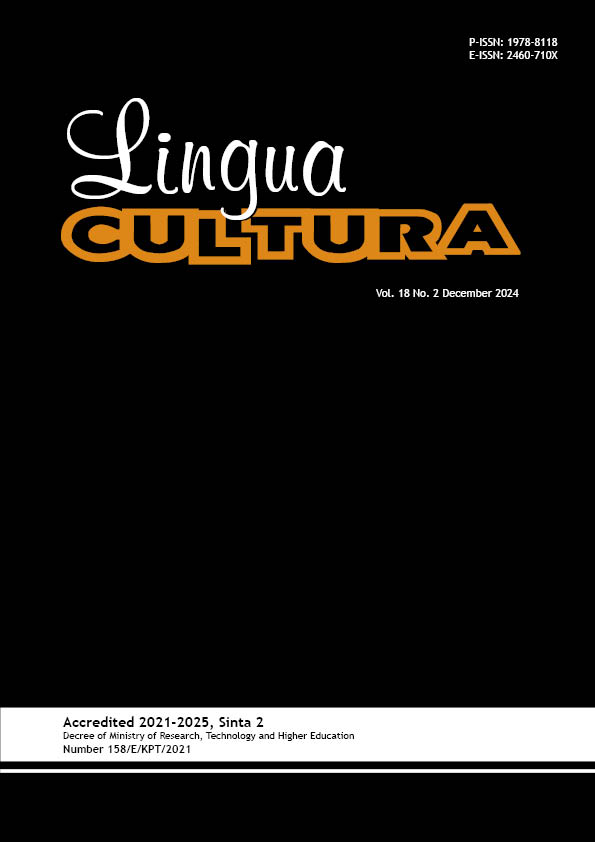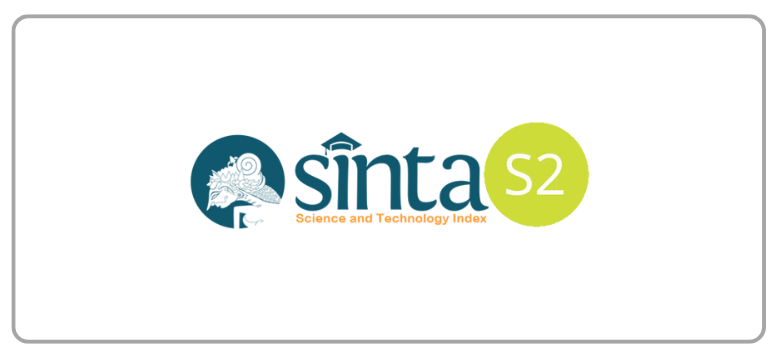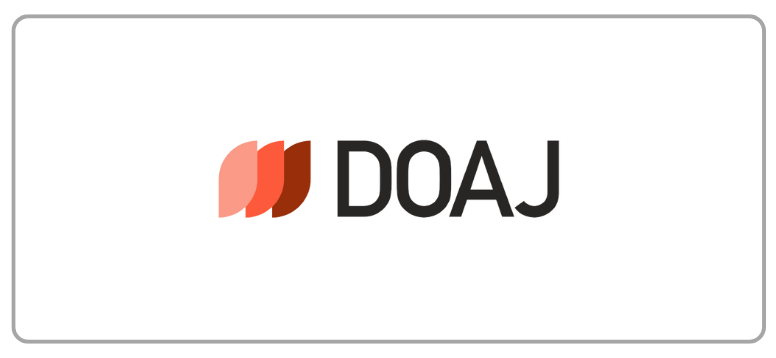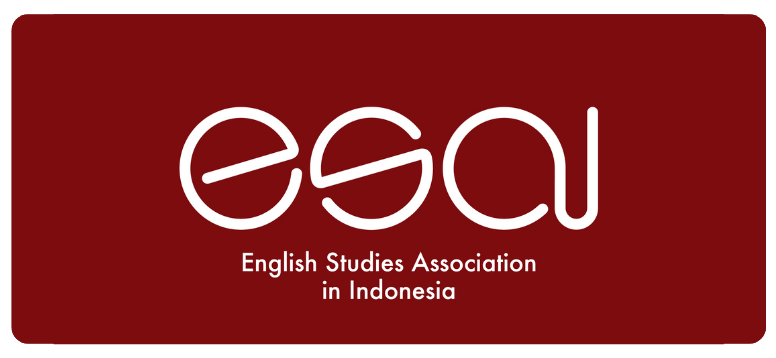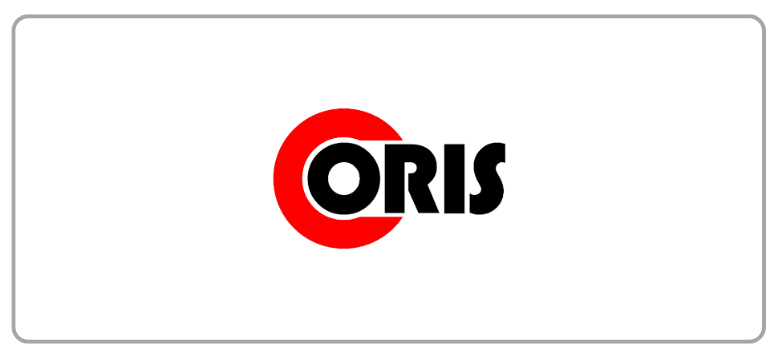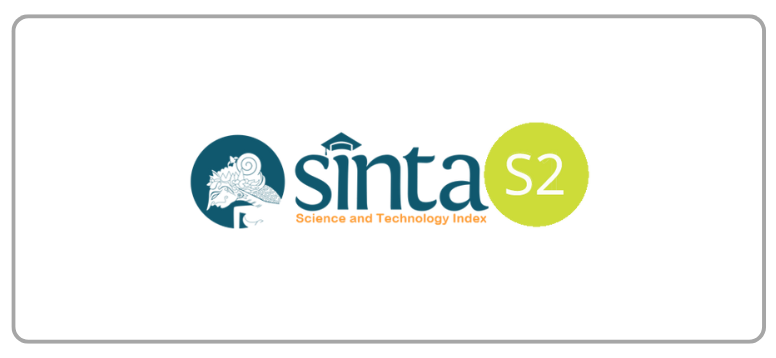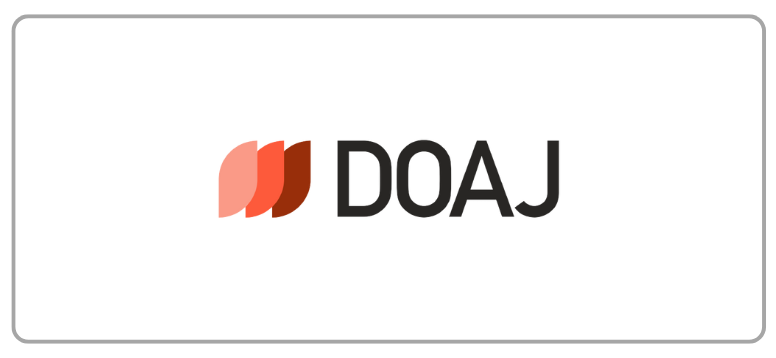ChatGPT Translation Product Analysis in 'The Little Mermaid'
DOI:
https://doi.org/10.21512/lc.v18i2.12203Keywords:
ChatGPT, movie, translation techniquesAbstract
This resesarch aimed to analyze the translation techniques used in the translation of the movie The Little Mermaid (2023) from English to Indonesian by ChatGPT. The research applied a direct observation approach by collecting data from the Scraps From The Loft website, translating the text of the movie The Little Mermaid (2023) from English to Indonesian by using ChatGPT, and analyzing it through translation theory and thematic categories to see the accuracy and effectiveness of the translation. Data were collected from the movie dialog excerpts and their translations provided by ChatGPT. The analysis used seven translation techniques, which include borrowing, calque, literal translation, transposition, modulation, equivalence, and adaptation. The findings show a diverse application of translation techniques, with the use of literal translation (48%), modulation (15%), and adaptation (15%). Literal translation is often used due to its simplicity and directnesws, while modulation is used to adapt the culture and linguistic nuances of Indonesian. Additionally, adaptation is also noted especially in translating cultural references and idiomatic expressions to maintain the original meaning and context. The research concludes that ChatGPT effectively utilizes various translation techniques to produce coherent and coherent translations.
References
Araghi, S., & Palangkaraya, A. (2024). The link between translation difficulty and the quality of machine translation: A literature review and empirical investigation. Language Resources and Evaluation, 58, 1093-1114. https://doi.org/10.1007/s10579-024-09735-x
Creswell, J. W. (2023). Research design: Qualitative, quantitative, and mixed methods approaches (5th ed.). SAGE Publications.
Hadiati, C., Muttaqin, U., & Yulianita, N. G. (2024). Speech acts in the closing speech of the G20 summit by president Joko Widodo “We Must End the War.” Lingua Cultura, 18(1), 97-105. https://doi.org/10.21512/lc.v18i1.11692
Hassani, H., & Silva, E. S. (2023). The role of chatGPT in data science: How AI-assisted conversational interfaces are revolutionizing the field. Big Data and Cognitive Computing, 7(2), 62. https://doi.org/10.3390/bdcc7020062
Heigham, J., & Croker, R. A. (2009). Qualitative research in applied linguistics: A practical introduction. Palgrave Macmillan.
Husein, I. W., Syaifullah, A. R., & Kurniawan, E. (2023). Indonesians and Americans bilingual request strategies in Indonesian and English. Lingua Cultura, 18(1), 11-19. https://doi.org/10.21512/lc.v18i1.10689
Illiyin, N. K., & Ibtisam. (2019). Quality indicator of translation text. English Language and Literature International Conference (ELLIC) Proceedings, 3, 2579-263.
Jayantini, I. G. A. S. R. (2016). The art of translating: Theory and analysis. Cakra Press.
Liu, S., & Zhu, W. (2023). An analysis of the evaluation of the translation quality of neural machine translation application systems. Applied Artificial Intelligence, 37(1). https://doi.org/10.1080/08839514.2023.2214460
Marie, B., Fujita, A., & Rubino, R. (2021). Scientific credibility of machine translation research: A meta-evaluation of 769 papers. Proceedings of the 59th Annual Meeting of the Association for Computational Linguistics and the 11th International Joint Conference on Natural Language Processing (Volume 1: Long Papers), pp. 7297–7306. Association for Computational Linguistics.
Nadilla, R., & Lubis, S. (2023). Lexical errors made by Instagram machine translation in translating the account of 'CNN Indonesia' news article. LingPoet: Journal of Linguistics and Literary Research, 4(1), 30-45. https://doi.org/10.32734/lingpoet.v4i1.10455
Newmark, P. (1988). A textbook of translation. Prentice Hall.
Koh, S. (2023). An analysis of ChatGPT’s language translation based on the Korean film Minari. Journal of English Teaching through Movies and Media, 24(4), 1-14.
Putra, I. G. A. C. S., & Tustiawati, I. A. M. (2024). Language attitudes and practices in multilingual settings: Case study of university students in Bali. Lingua Cultura, 18(1), 89-96. https://doi.org/10.21512/lc.v18i1.11506
Rarasati, I., & Zawawi, M. (2024). Critical discourse analysis on representation of Arab Spring in the movie Alephia 2053. Lingua Cultura, 18(1), 11-19. https://doi.org/10.21512/lc.v18i1.10743
Rusadi, A. M., & Setiajid, H. H. (2023). Evaluating the accuracy of Google translate and ChatGPT in translating Windows 11 education installation GUI texts to Indonesian: An application of Koponen’s error category. English Language & Literature International Conference, 6, 698-713.
Setiawati, S., Sari, I. P., & Anggraini, Y. (2023). Enhancing English language learning through mind mapping: A case study of students' engagement and effectiveness. J-Shelves of Indragiri (JSI), 5(1), 98-110. https://doi.org/10.61672/jsi.v5i1.2660
Sumartini, N. L. P. U., & Yadnya, I. B. P. (2018). Borrowing in the translation of culturally bound expression. English Language and Literature International Conference (ELLiC) Proceedings, 2, 327–333.
Vinay, J. P., & Darbelnet, J. (2000). Comparative stylistics of French and English: A methodology for translation. John Benjamins Publishing Company.
Downloads
Published
How to Cite
Issue
Section
License
Copyright (c) 2024 Ni Made Verayanti Utami

This work is licensed under a Creative Commons Attribution-ShareAlike 4.0 International License.
Authors who publish with this journal agree to the following terms:
a. Authors retain copyright and grant the journal right of first publication with the work simultaneously licensed under a Creative Commons Attribution License - Share Alike that allows others to share the work with an acknowledgment of the work's authorship and initial publication in this journal.
b. Authors are able to enter into separate, additional contractual arrangements for the non-exclusive distribution of the journal's published version of the work (e.g., post it to an institutional repository or publish it in a book), with an acknowledgment of its initial publication in this journal.
c. Authors are permitted and encouraged to post their work online (e.g., in institutional repositories or on their website) prior to and during the submission process, as it can lead to productive exchanges, as well as earlier and greater citation of published work.
USER RIGHTS
All articles published Open Access will be immediately and permanently free for everyone to read and download. We are continuously working with our author communities to select the best choice of license options, currently being defined for this journal as follows: Creative Commons Attribution-Share Alike (CC BY-SA)
